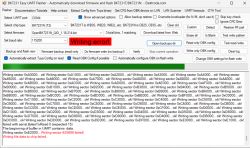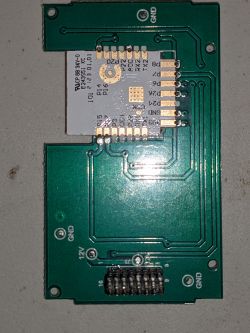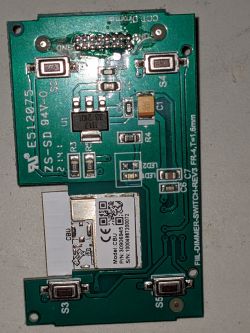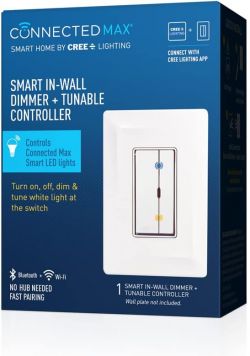I picked up a few of these Cree switch dimmer things... they are really just 4-button scene controllers.
https://www.amazon.com/Cree-Lighting-CMACC-CMSC-UNV-WH-Controller-Compatible/dp/B09JFDLXFC/
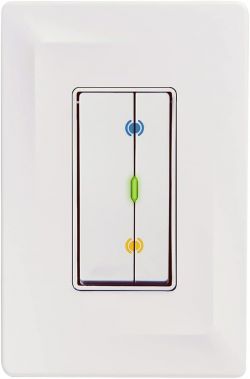
I've had a rather difficult time flashing them (CBU module), but I did manage to get one booting up.
It doesn't have a dimmer, it just has 4 buttons and an LED indicator.
There isn't a template out there that works, I suppose this might be close: https://www.elektroda.com/rtvforum/topic3961578.html
I would like to use the buttons to control a Device Group of lights... what would I put into the autoexec to make that happen?
Would I somehow create a virtual light object and then set up autoexec actions to modify that virtual light, and then add the virtual light to a device group?
I honestly have no idea what I'm doing here, I'm a heavy Home Assistant and ESPHome user with lots of Z-Wave and Zigbee devices, this is my first foray into Tasmota/Tuya/OpenBK... the device groups functionality is what pulled me in




